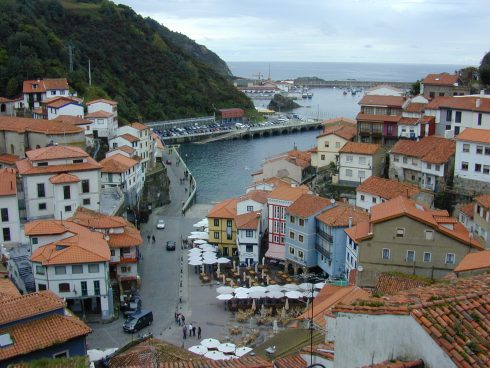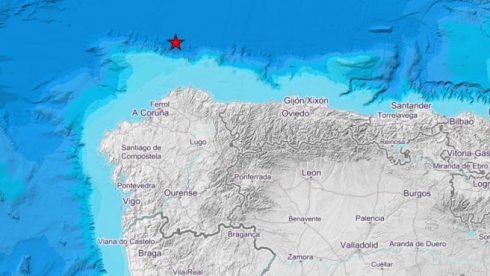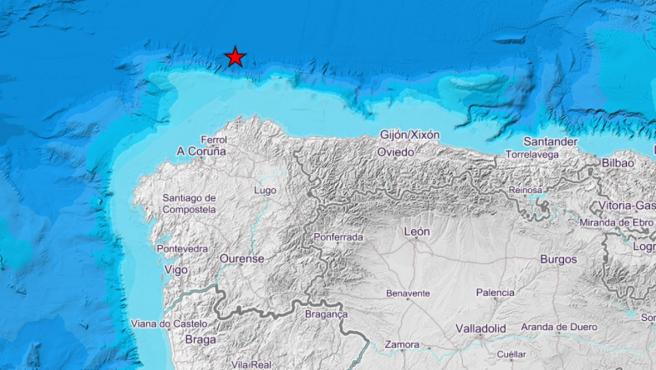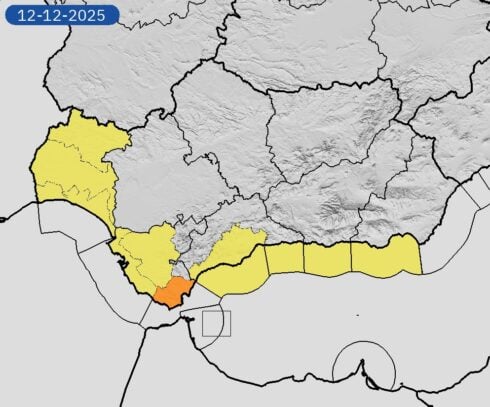NORTHERN Spain has seen a massive increase in tourism this year as scorching temperatures in the south put off visitors.
In August, the regions of Galicia, Asturias, and Cantabria received 47% more international tourists compared to the previous year, totalling 435,500 visitors.
The growth overshadowed perennial tourist hotspots like Malaga and Valencia, although they still received many more visitors overall.
This shift north, where previously summers were seen as too rainy and unpredictable for a reliable holiday location, has coincided with extreme heat warnings in the south.
While the rain in the north has not disappeared, the weather has become milder and warmer, attracting more tourists.
Southern regions, on the other hand, experienced brutal heatwaves this year.

In Andalucia, frequent severe heat warnings were issued, prompting concern among visitors who were afraid to go to the beach in the middle of the afternoon.
The shift in patterns puts Spain at the vanguard of the effects of climate change as it reshapes the map of European tourism.
Spanish holidaymakers are also choosing to explore the northern coast as an alternative to the scorching south.
The regional government of Galicia noted ‘very significant growth’ in international visitors, although it still only makes up just under a third of total tourism.
The single largest group of foreign tourists in Spain consists of Britons, followed by the French and Germans.
Spain, highly dependent on the tourism sector, could face significant economic consequences if rising temperatures force a reevaluation of the southern tourism model.
The country ranks as the second-most visited country globally, with tourism contributing 12-13% to its GDP.
However, investors and property experts do not foresee doom for the southern tourism industry.

But they do anticipate the need for adaptation to attract visitors in more favourable seasons.
The Spanish travel industry’s long-term strategy includes reformulation to align with climate-driven changes in tourism across time and territory.
However, despite the searing temperatures Andalucia’s tourism industry remains strong.
It attracted foreign visitors at record rates this year and hotels continue to report record-high occupancy rates.
With that all said, developers are looking to the north, with projects underway in regions like Huelva and Asturias.
As José Román Blanco Álvarez, a promotions director, pointed out, the north’s lack of crowds is an appealing feature. That might soon change.
READ MORE:
- Hundreds evacuated as forest fire rages in Spain’s Valencia: Strong winds from Storm Ciaran help flames tear through more than 2,000 hectares
- ‘Help me find my son’s wallet’: Heart-wrenching plea from mother of British-born pilot who died in Malaga training crash
- Brits are still Spain’s most important foreign tourism market by FAR: Figures predict a record-breaking year with €84 BILLION already spent in the country
Click here to read more Travel News from The Olive Press.








